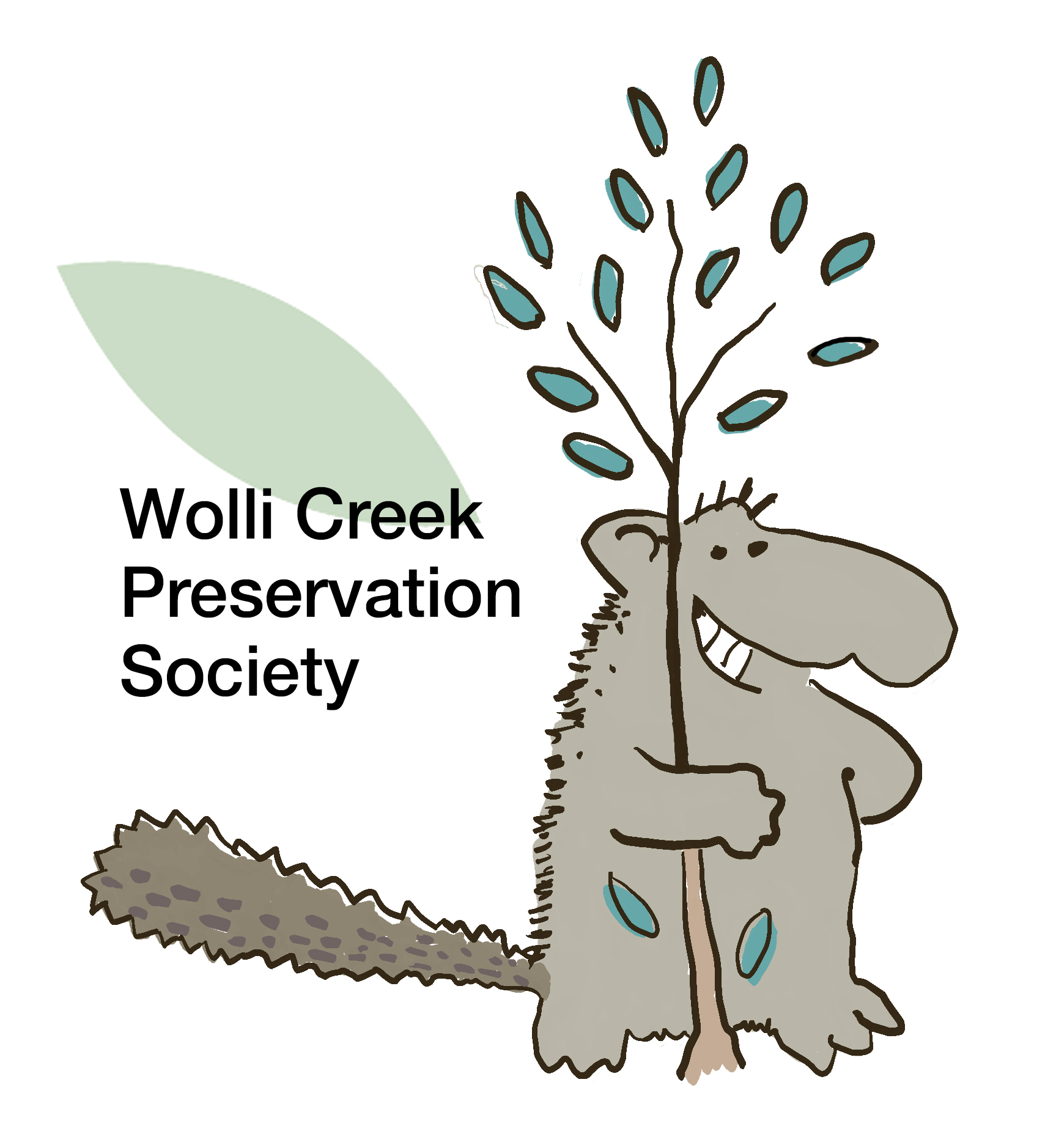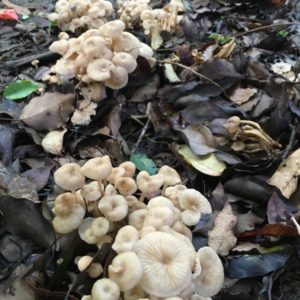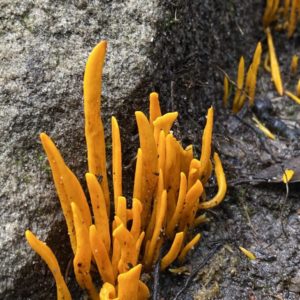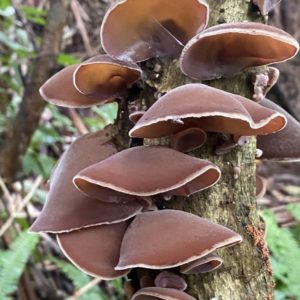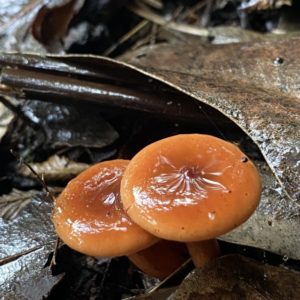Fungi, mosses & lichens
FUNGI
At cooler times of the year, following rain (but not too much), the usually hidden world of fungi in the Wolli Creek Valley and Regional Park can be glimpsed. It is a beautiful, fascinating, and changing world, and once introduced to it, many people, whether photographers, artists, or naturalists, become ‘hooked’.
Whether growing in soil, on wood, on other fungi, and even inside insects, fungi play an essential role in the ecology of Australian bushland, and in fact more generally in our life on earth. Fungi play a vital productive, recycling/composting role, by breaking down plant material such as dead plants, fallen logs, branches and leaves, progressively releasing nutrients in the process.
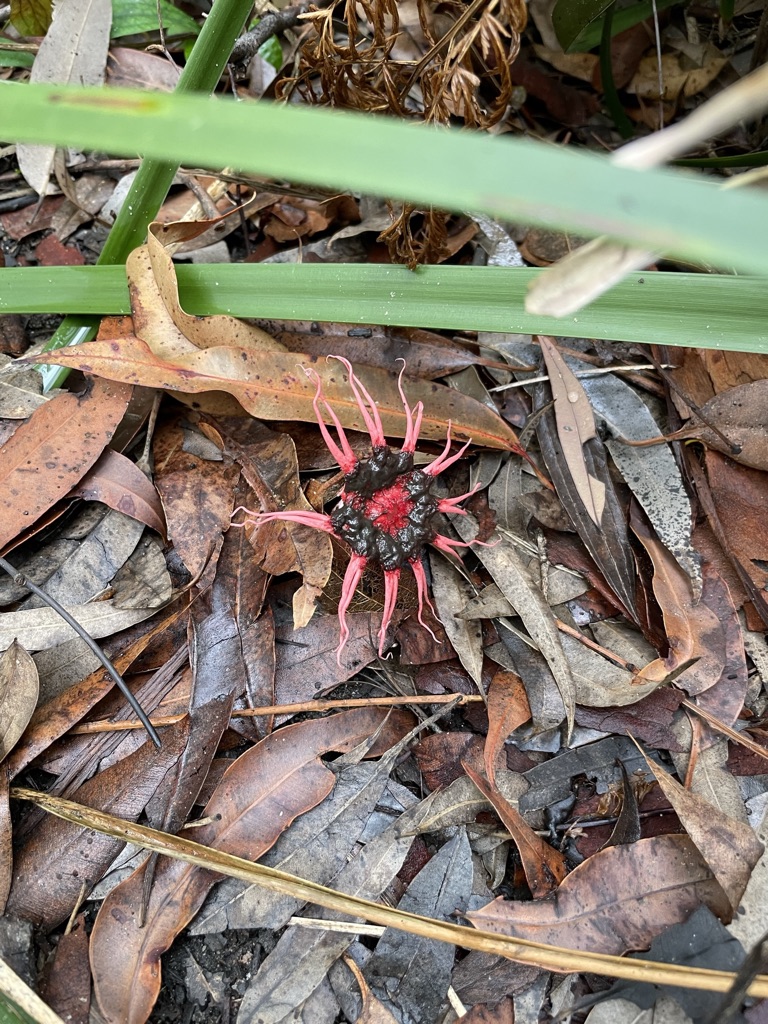 While fungi are not plants, they form essential partnerships with a wide range of Australian plants via what is called a mycorrhizal relationship. This benefits both the plant and the fungi. The fungi are able to get food from the plant, and the plant is able to maximise its uptake of water and nutrients via the fungi. Nearly all orchid species too rely on fungi. Many orchids are pollinated by fungal gnats, which are insects that live in and feed on fungi. Most orchid seeds too are very small, and so unable to grow by themselves. They need a fungal partner to provide them with the extra nutrients required for germination and growth. Fungi are also an important food source for many native mammal, invertebrate and even reptile species.
While fungi are not plants, they form essential partnerships with a wide range of Australian plants via what is called a mycorrhizal relationship. This benefits both the plant and the fungi. The fungi are able to get food from the plant, and the plant is able to maximise its uptake of water and nutrients via the fungi. Nearly all orchid species too rely on fungi. Many orchids are pollinated by fungal gnats, which are insects that live in and feed on fungi. Most orchid seeds too are very small, and so unable to grow by themselves. They need a fungal partner to provide them with the extra nutrients required for germination and growth. Fungi are also an important food source for many native mammal, invertebrate and even reptile species.
There are thousands of Australian species of fungi, with only a small fraction of these adequately documented. Those who professionally study fungi in Australia – mycologists – are few and far between. There are enthusiastic ‘citizen mycologists’ who are adding to the knowledge we have of fungi species and their distribution, but there is a lot still to be known about Australian fungi, including fungi that may be found in the Wolli Creek Valley’s bushland.
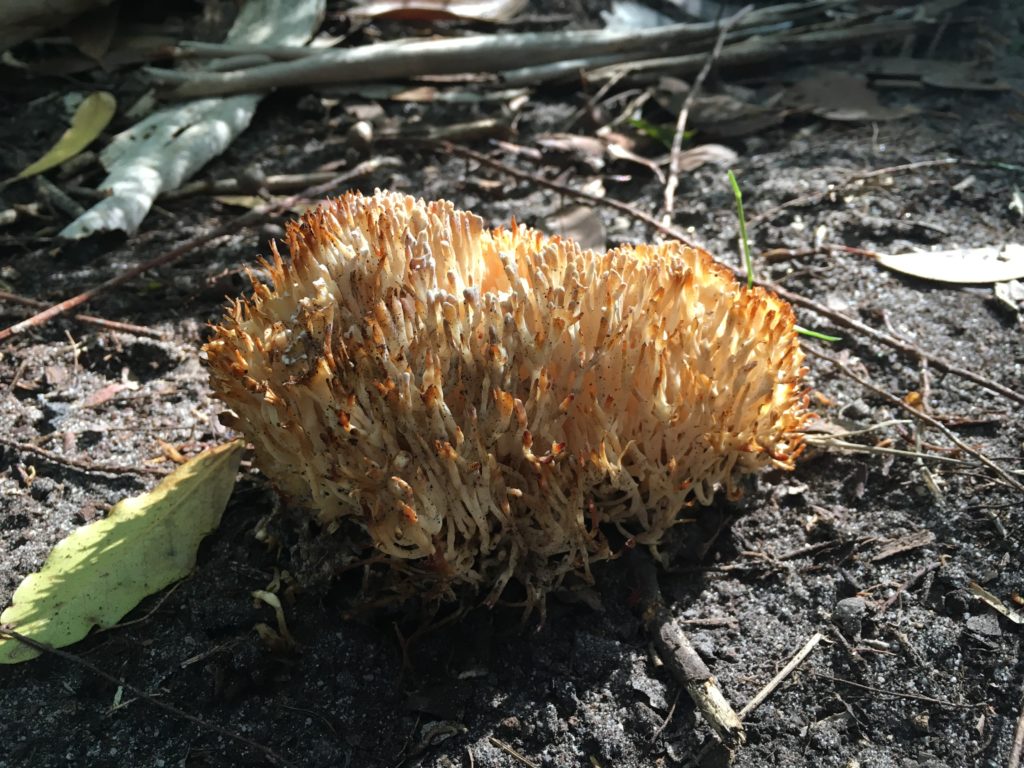
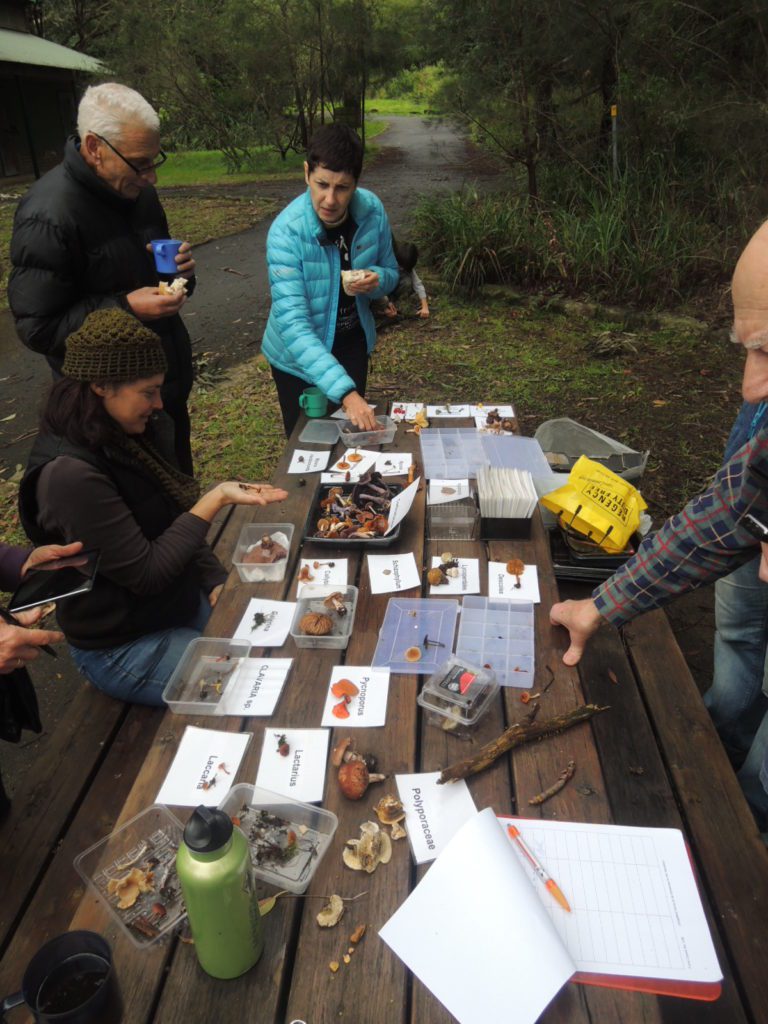
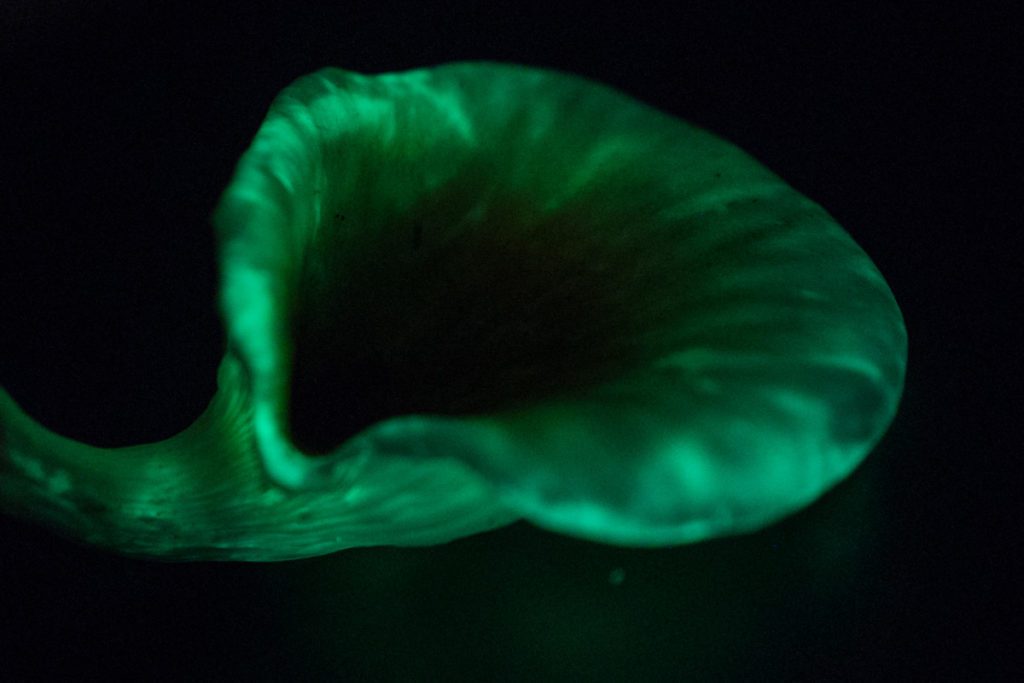
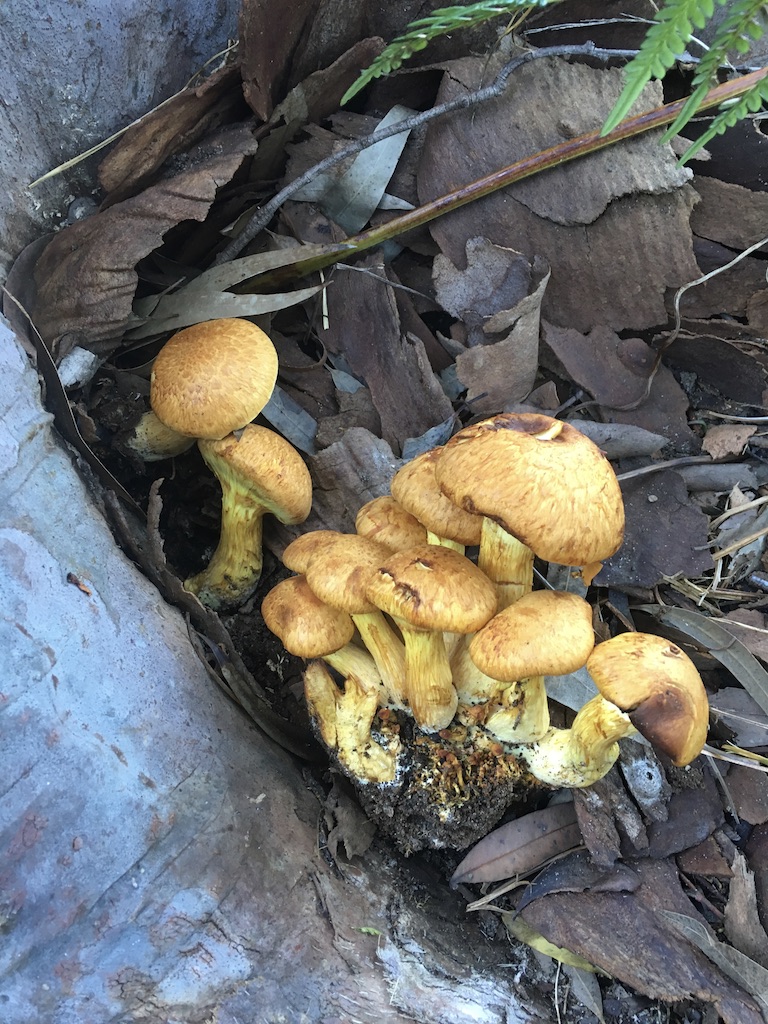
To get a sense of the range of fungi that have been found in the valley, see this list of species located during ‘fungal forays’ (PDF 73KB). Photos here also show some of the fungi found. Many of the fungi are quite small in size. This may not be apparent, as the photographs are up-close, macro shots, necessary for aiding identification. Checking some of the field guides that have been published to aid identification of fungi, as well as some of the references listed below can give you an idea of what size range may be involved.
The SFSG welcomes WCPS members to their field visits. By joining WCPS or the SFSG you can find out about and join in planned surveys. It should be noted that these forays are for study and documentation – and to appreciate the sheer beauty, and range of colours, shapes, textures and forms of fungi. They are not forages for edible fungi. Many Australian species (and those from other parts of the world) are toxic.
Links and other useful information and images
Australian National Botanic Gardens
Australasian Mycological Society
David Noble’s blog features many stunning photographs of fungi, including some from the Wolli Valley
Also see his stunning Wolli Creek Regional Park Slide Show · David Noble which features many pictures of fungi
‘Foray report’ in the July 2022 WCPS Update newsletter
Fungi talk for Willoughby Council (2023)
WCPS member Voren O’Brien’s Flickr photo album of Fungi in the Wolli Valley:
MOSSES & LICHENS
According to the CSIRO, there are around 3,800 lichen species across Australia, and 1,200 species of mosses. But we don’t know how many species of lichens or mosses we have in the Wolli Creek Valley and Regional Park, as they are a very understudied component of the Valley’s natural environment.
Lichens and mosses, as well as some other organisms (liverworts, hornworts, algae and slime molds) are collectively called bryophytes. In turn, the bryophytes, along with fungi, are classified as cryptogams. What these various cryptogam organisms have in common is that they don’t produce flowers or seeds but instead reproduce by spores. Crypto is a latin word meaning ‘hidden’ or ‘secret’ which is apt for organisms that are both tiny and ancient – and easily overlooked as a result.
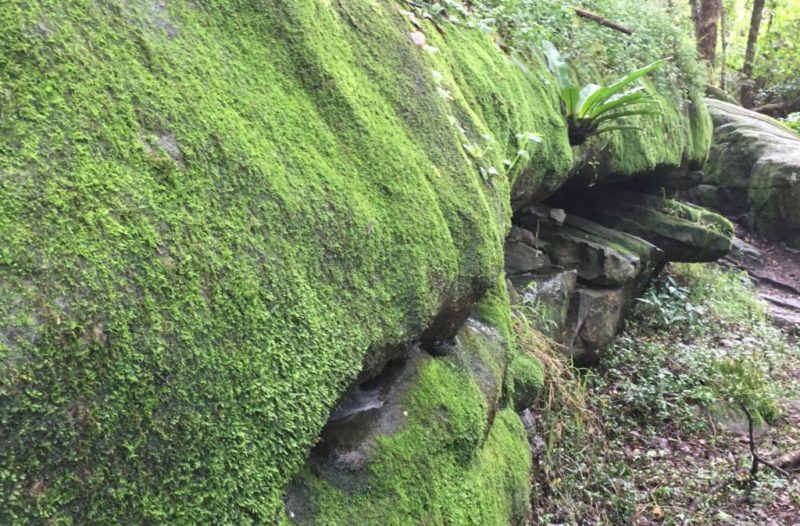
Mosses
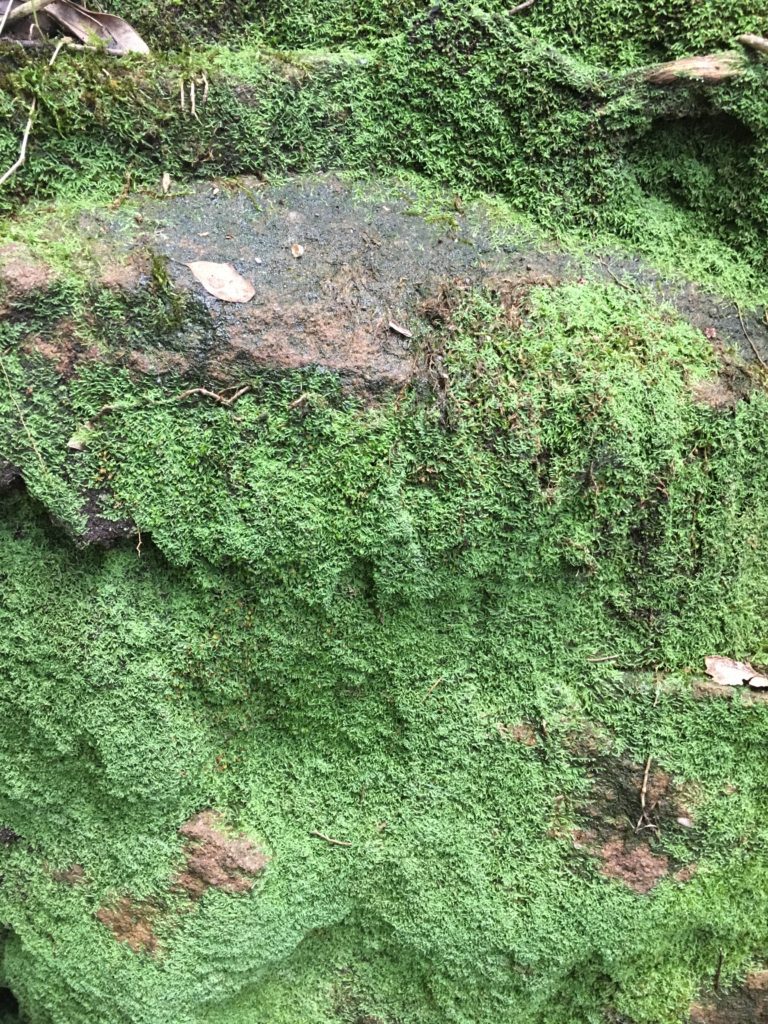
A hand lens (or good eyesight) as well as often a microscope is necessary to identify different species of mosses. There are two growth forms – ‘tufting’ (upright) and ‘trailing’. Many have a ‘cushion-like’ growth, or they may be simple stemmed, with stems that look like many small green fingers coming up out of the soil.
There is a great diversity of mosses in Australia (around 1,200 species) and there is likely to be some diversity of species in the Wolli Creek Valley and Regional Park. However, similar to lichens, our knowledge of the possible diversity of moss species is very under-developed. We would welcome contributions in this area from citizen science enthusiasts and scientific researchers.
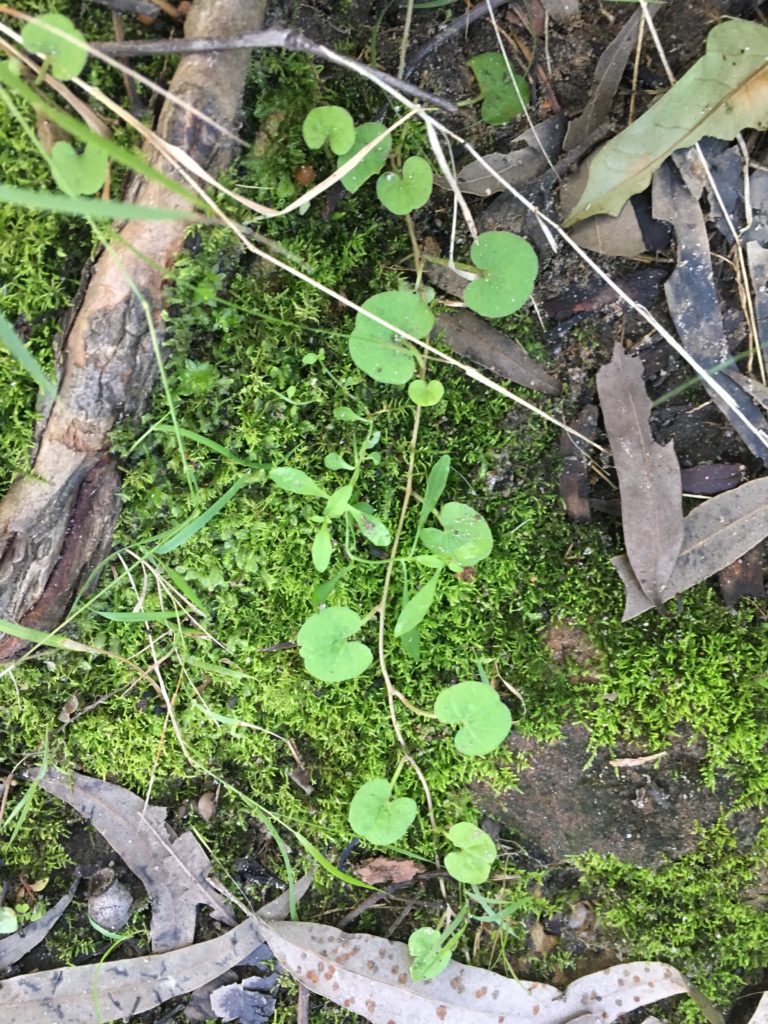
More information on mosses
Australian National Botanic Garden
WCPS member Voren O’Brien’s Flickr photo album of lichens and mosses of the Wolli Valley
Lichens
Lichens are a special group, in that they represent a symbiosis – ie a mutualistic relationship – between two organisms. The two organisms are a fungus, and a blue-green algae, or cyanobacterium, which unlike fungi, is capable of photosynthesis. The two live in partnership, benefiting each other.
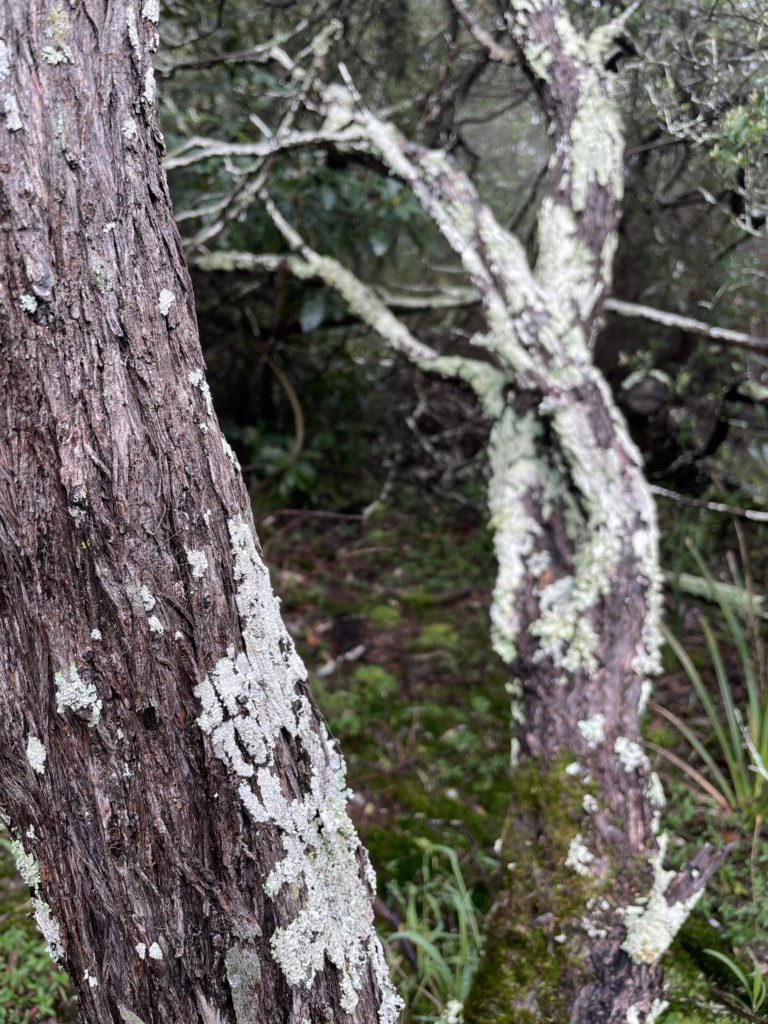
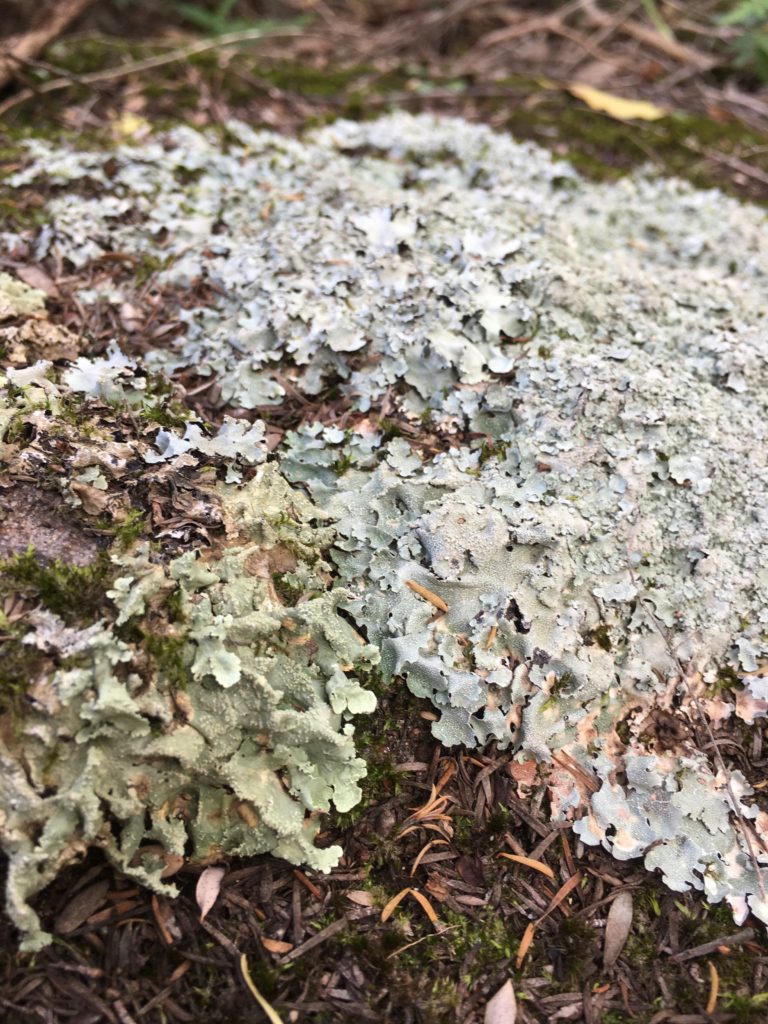
In the Wolli Creek Valley, we can often see the (fruticose) lichen in the genus Usnea growing on older shrubs of Kunzea ambigua . On rocks we often see the (foliose) lichens Xanthoparmelia spp.
We’d love to have more information about the range of lichens we have in the Valley, so that we can better understand, and document this aspect of the Valley’s biodiversity. It’s an often overlooked area in field surveys. We would welcome contributions in this area from citizen science enthusiasts, and scientific researchers.
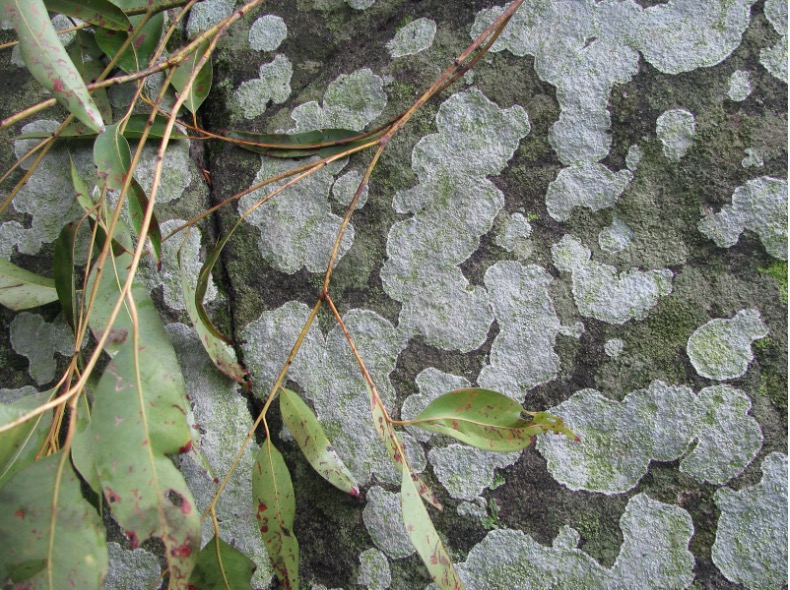
More information on lichens
Australian National Botanic Garden (see also photo list)
Australian Government – list of publications
WCPS member Voren O’Brien’s Flickr photo album Lichens and Mosses of the Wolli Valley
